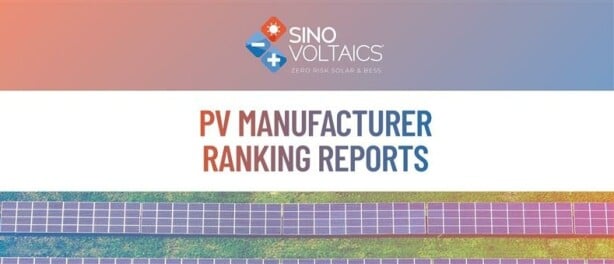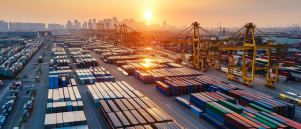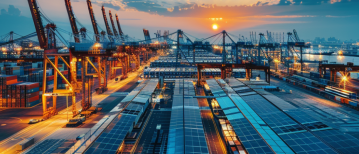2022 marked a big paradigm shift in solar supply chains.
This is the consequence of the Uyghur Forced Labor* Prevention Act (UFLPA), which became effective on June 22nd, 2022. This Act not only laid out a blacklist of companies whose products are forbidden to enter the US, but also banned any products that are “mined, produced, or manufactured wholly or in part” in the Xinjiang Uyghur Autonomous Region (XUAR). If you have not guessed, this is The-Chinese-Province-Which-Must-Not-Be-Named in this article.
The United States response came after the release of the “In Broad Daylight” report in 2021. This report from Sheffield University ties solar module supply chains, which relied for around 45% on Xinjiang for its polysilicon import in 2020, to You-Know-What*. This report certainly had a big impact in the decrease of Xinjiang Polysilicon market share to 35% in 2022.
![]() Polysilicon Market Share recent evolution Source: Bernreuter Research
Polysilicon Market Share recent evolution Source: Bernreuter Research
Ever since, solar project developers and IPPs are concerned of their shipments being detained at the US customs.
And rightly so: in 2022, the United States Customs and Border Protection (US CBP) data has shown that 20% of shipments of PV modules to the US got detained at US customs under the UFLPA, totalizing 2GW of PV modules.
The solar industry was deeply shaken up when every US company started asking their Chinese suppliers about You-Know-What in The-Chinese-Province-Which-Must-Not-Be-Named. The problem is, the sensitivity of this topic for Chinese suppliers result in a deadlock for a lot of companies.
In order to ensure a more transparent solar supply chain, and clarify if your modules are coming from The-Chinese-Province-Which-Must-Not-Be-Named, Sinovoltaics developed its own EMTC protocol to allow solar shipments from being cleared at the US customs.
The Protocol is structured as follows:
1. Evaluate your ESG risk exposure
2. Map your solar supply chain
3. Track your module manufacturing
4. Communicate your achievements
It allowed Sinovoltaics to clear 650MWp of solar shipments in 2022, more than 6% of the total imports of solar PV panels in the US.
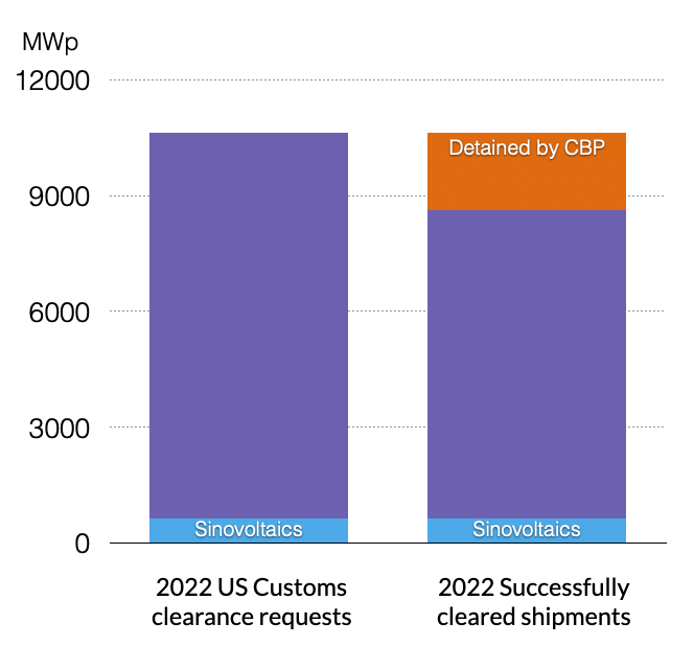
2022 US Customs and Border Protection (CBP) Statistics of Solar Shipment Imports
If 2022 was chaotic for US importers, it was only the beginning and 2023 is already turning out to add much more complexity. A selection of events which occurred to date:
- February: the US CBP released additional guidelines on traceability data to be provided for US imports of solar modules, down to the quartzite level
- May: Jinko offices was raided by the U.S. Department of Homeland Security in the United States
- June: The UFLPA Entity List (blacklist) was updated, adding two entities and eight subsidiaries
- July: Rumors that U.S. CBP excluded Longi solar modules made with Tongwei Polysilicon, as well as modules made with Astronergy (Chint) polysilicon, were reported
- August: Over-Exposed, An “In Broad Daylight” follow-up, has been published, and will likely generate additional scrutiny from the US CBP
It is becoming harder and harder for companies to import solar modules in the United States. As such, Sinovoltaics upgraded its existing EMTC protocol into EMTC+. The protocol is as follows:
1. Evaluate your ESG risk exposure
2. Map your solar supply chain
3. Track your module manufacturing
4. Crosscheck your supply chain
While still allowing you to: Communicate your achievements.
This new “Crosscheck your supply chain” service is done by accessing the same databases used by the United States Customs and Border Protection (US CBP) to crosscheck if a specific supplier is flagged. Such databases build an additional layer of certainty by allowing the US CBP to check if your suppliers will appear as, for example:
- A Xinjiang entity
- Having a direct trading history with Xinjiang entities
- Owned by a Xinjiang-based entity
- Related to organized crime
- Related to export controls
- Related to bribery and corruption occurrences
Sinovoltaics can then leverage the suppliers list built through the entire EMTC protocol (ESG Factory Audit, Supply Chain Mapping Factory Audit, Manufacturer Batch Tracking), and cross-compare each of those suppliers with the databases.
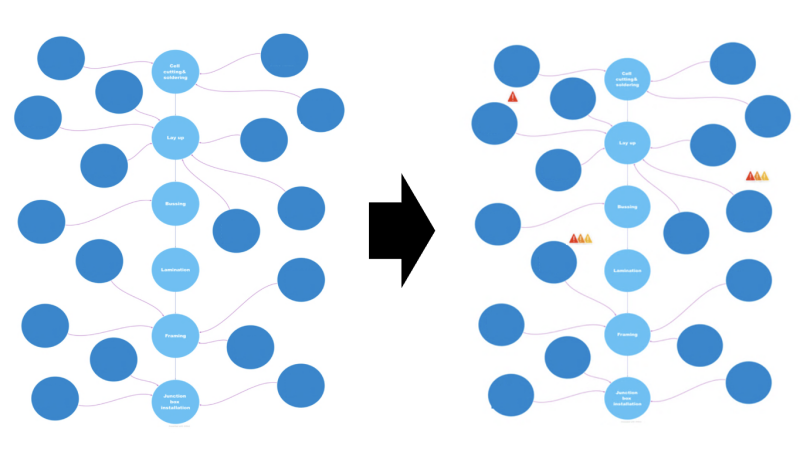
Left picture: A cartography extract from a Sinovoltaics Supply Chain Mapping Audit
Right picture: Identified flagged suppliers in the US CBP databases with the new EMTC+ protocol
For sensitive suppliers, the EMTC+ protocol evaluates suppliers according to the degree of risk.
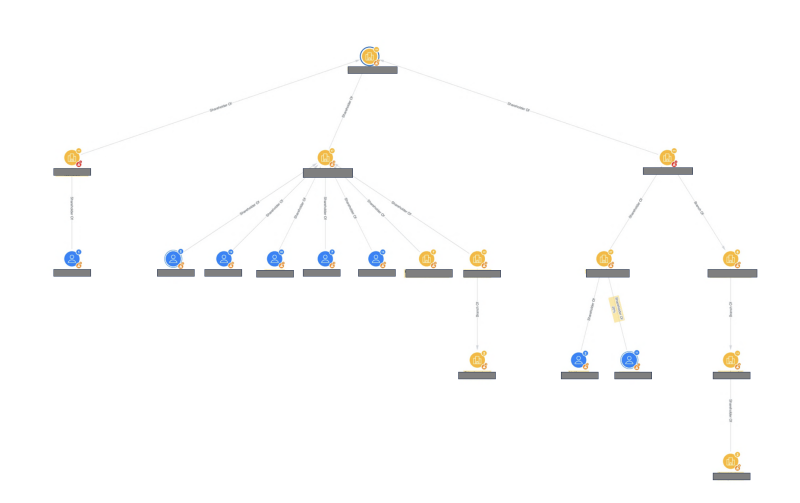
Extract from a Sinovoltaics Crosscheck report
I expect 2023 to continue to bring more uncertainty for solar panels importers in the US. With EMTC+, rest assured that Sinovoltaics is doing everything we can to ensure a more sustainable and transparent supply chain.
If you want to find out how we can help you, do not hesitate to contact us at contact@sinovoltaics.com, or join our new Supply Integrity Network (SINe).


